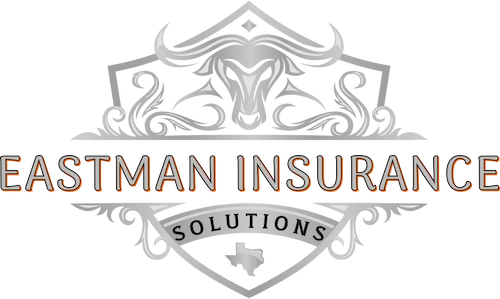Captive Insurance vs. Traditional Insurance — Which Is Right for Your Business?
The insurance marketplace is changing.
As premiums rise and coverage becomes more restrictive, many successful Texas businesses are exploring alternatives that provide more control, stability, and profit potential.
At Eastman Insurance Solutions (EIS Texas), we help business owners understand how Group Captive Insurance Programs compare to traditional insurance — and how these alternatives stack up against Risk Retention Groups (RRGs) used in other states.
Our goal is simple: help you make an informed, strategic decision about how to protect your business and manage costs long term.
How Each Model Works
| Model | Description | Who It’s For |
|---|---|---|
| Traditional Insurance | You pay premiums to a carrier, which assumes all risk, controls claims, and keeps underwriting profits. | Businesses seeking simplicity or low-risk, fully outsourced solutions. |
| Group Captive Insurance | A member-owned insurance company formed by like-minded businesses that pool premiums and share in profits, losses, and control. | Established companies with strong safety records and premiums $150k+. |
| Risk Retention Group (RRG) | A federally chartered liability-only group captive structure that allows similar businesses to self-insure across state lines. | Typically large, multi-state organizations in high-liability sectors. (Not currently offered by EIS Texas.) |
Captive vs. Traditional Insurance — Key Differences
| Feature | Traditional Insurance | Group Captive Insurance |
|---|---|---|
| Premiums | Paid to carrier; not returned | Members retain underwriting profits |
| Claims Control | Carrier-controlled | Member-involved, transparent |
| Pricing | Market-driven; volatile | Stable; based on group performance |
| Risk Management | Minimal involvement | Proactive, collaborative programs |
| Profit Sharing | None | Distributed to members |
| Long-Term Value | Carrier profit | Member equity & dividends |
Captive insurance gives qualified businesses the opportunity to transform premiums from a recurring expense into a profit-generating asset.
What About Risk Retention Groups (RRGs)?
Risk Retention Groups are another form of self-insurance — similar in philosophy to captives, but structured differently.
They are federally regulated entities created for liability exposures and are often used by national associations or niche industries.
While EIS Texas does not currently offer RRG participation, our advisors help clients understand how they compare to group captives when evaluating long-term strategies.
| Feature | Group Captive | Risk Retention Group (RRG) |
|---|---|---|
| Regulation | State-domiciled captive laws | Federal Liability Risk Retention Act |
| Coverage Scope | Liability, Auto, Property, WC | Primarily Liability |
| Geographic Scope | Regional / State-based | Multi-state operations |
| Ownership | Business members | Industry-specific groups |
| Availability | Offered by EIS Texas | Not currently available in Texas through EIS |
RRGs are useful for large, specialized groups — but Group Captives provide the same core benefits while remaining accessible to mid-sized businesses across Texas.
The Business Case for Group Captive Participation
If your company spends significant dollars on commercial insurance — and consistently outperforms peers in safety and claims — joining a Group Captive could offer long-term financial and operational benefits.
Benefits Include:
-
Shared ownership and decision-making power
-
Profit sharing and equity growth
-
Stable, predictable premiums
-
Access to advanced loss prevention tools
-
Alignment with high-performing peers
Is a Captive Right for You?
Group Captive membership typically suits businesses that:
-
Pay at least $150,000+ annually in combined premiums
-
Have strong financials and safety performance
-
Operate in construction, manufacturing, transportation, or service industries
-
Want transparency and long-term control over insurance costs
If that sounds like your company, EIS Texas can help determine if you qualify.
Start Your Captive Consultation
Take the first step toward controlling your insurance destiny.
Our advisors will perform a feasibility review to evaluate your loss history, safety performance, and premium structure — then help you decide if joining a captive is the right fit.
Start Your Captive Consultation
or call (972) 715-5191 to speak with a Captive Specialist today.
Frequently Asked Questions
Q1: How is a group captive different from self-insurance?
Self-insurance means you assume all risk. A captive spreads that risk across a group of similar businesses, combining stability with shared reward.
Q2: What happens if claims exceed premiums in a captive?
The group collectively covers excess claims, often through reinsurance. Most captives maintain surplus reserves to manage fluctuations safely.
Q3: How do profits get distributed in a group captive?
Members receive dividends or capital returns annually, based on underwriting performance and investment results.

